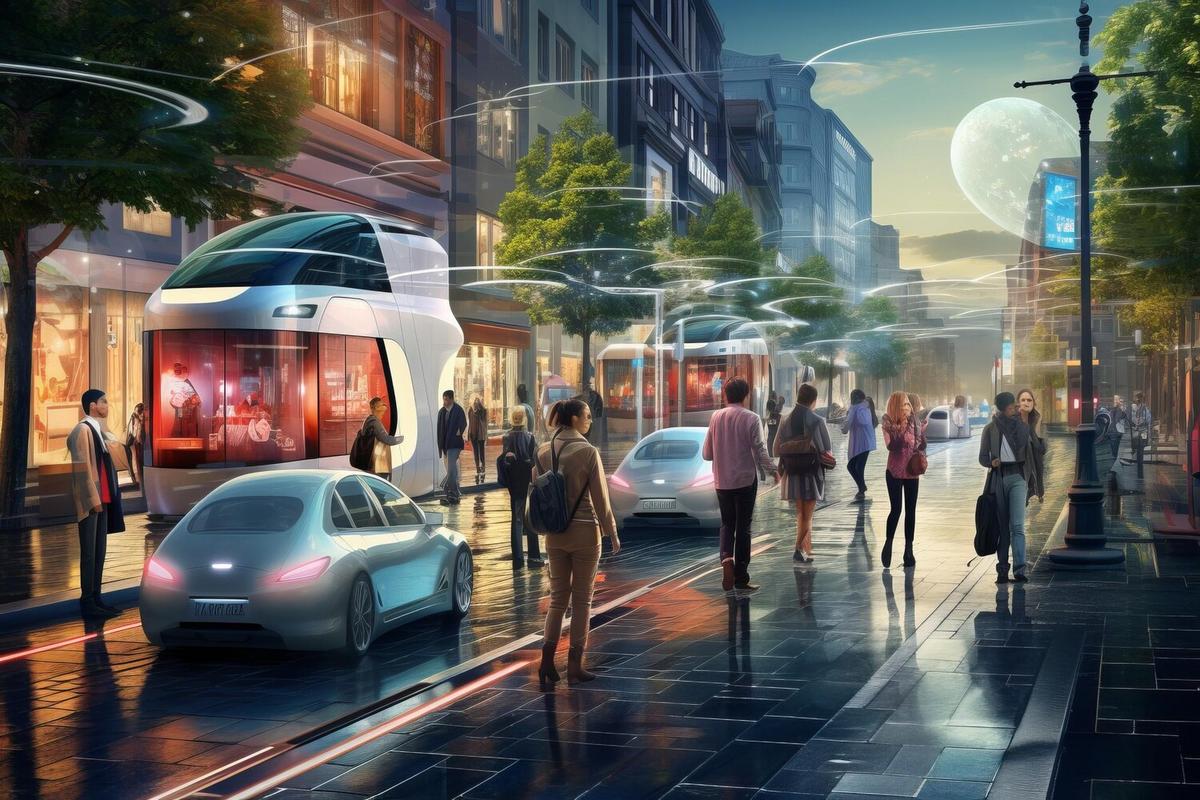
Autonomous Driving: What Consumers Can Expect in the Next Decade
Autonomous driving is no longer a distant dream; it is quickly becoming a reality that promises to reshape our daily commutes and the broader transportation landscape. With technology advancing at an unprecedented pace, the next decade holds exciting possibilities for consumers eager to embrace this innovation.
Understanding the Potential of Autonomous Driving
As we look to the future, autonomous vehicles (AVs) are expected to revolutionize the way we think about transportation. The Society of Automotive Engineers defines six levels of driving automation, from Level 0 (no automation) to Level 5 (full automation). By 2030, it’s anticipated that a significant number of vehicles on the road will operate at Level 4 or higher, where the car can handle most driving tasks independently.
Expert Insights
According to a report by McKinsey & Company, the autonomous vehicle market could create up to $1.5 trillion in annual revenue by 2030. Industry leaders like Elon Musk have predicted that fully autonomous vehicles could be a reality within the next few years, emphasizing the rapid advancements in technology and infrastructure.
Statistics and Research
The National Highway Traffic Safety Administration (NHTSA) reports that 94% of serious car crashes are due to human error. Autonomous vehicles have the potential to significantly reduce these incidents by eliminating the unpredictability of human drivers. Additionally, a study by the Boston Consulting Group suggests that by 2030, autonomous vehicles could account for one-quarter of all miles driven in the United States.
Personal Experiences
Take the experience of Mark, a tech enthusiast who participated in a pilot program for autonomous vehicles. He describes the experience as “surprisingly smooth and intuitive,” highlighting the potential for AVs to transform daily travel by providing a stress-free commute.
Actionable Tips for Consumers
- Stay informed about local regulations and updates on autonomous vehicle technology.
- Consider the potential benefits and limitations of AVs for your lifestyle.
- Explore pilot programs or test drives for firsthand experience and understanding.
Pro Tip: Begin familiarizing yourself with semi-autonomous features in current vehicles, such as adaptive cruise control and lane-keeping assistance, to ease the transition to full autonomy.
Comparison Table of Autonomous Vehicle Levels
| Level | Description |
|---|---|
| Level 0 | No Automation |
| Level 1 | Driver Assistance |
| Level 2 | Partial Automation |
| Level 3 | Conditional Automation |
| Level 4 | High Automation |
| Level 5 | Full Automation |
Frequently Asked Questions
Will autonomous vehicles be affordable for the average consumer?
While initial models may be priced at a premium, costs are expected to decrease as technology becomes more widespread.
How safe are autonomous vehicles?
Autonomous vehicles aim to improve safety by reducing human error, which is the cause of most traffic accidents.
Conclusion
The next decade promises significant advancements in autonomous driving technology, offering consumers a glimpse into a future of safer and more efficient travel. By staying informed and open to new experiences, individuals can prepare for the transformative impact of autonomous vehicles on everyday life.


